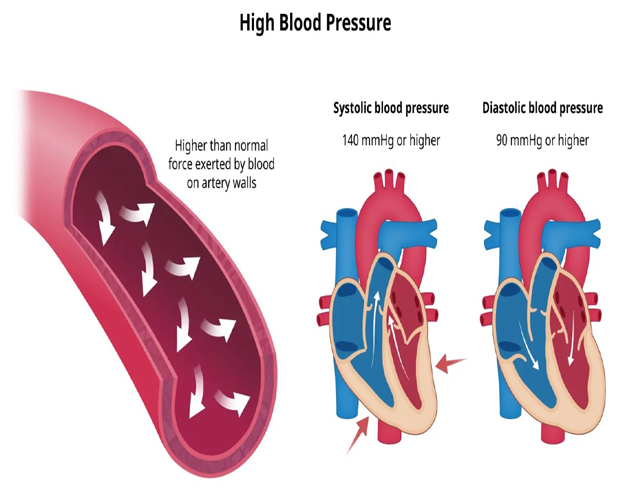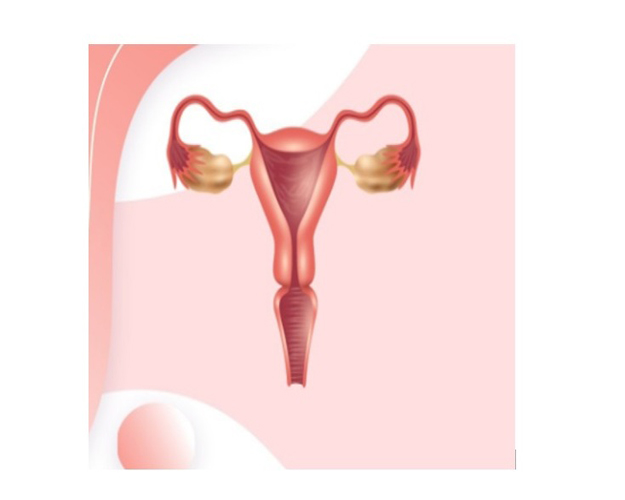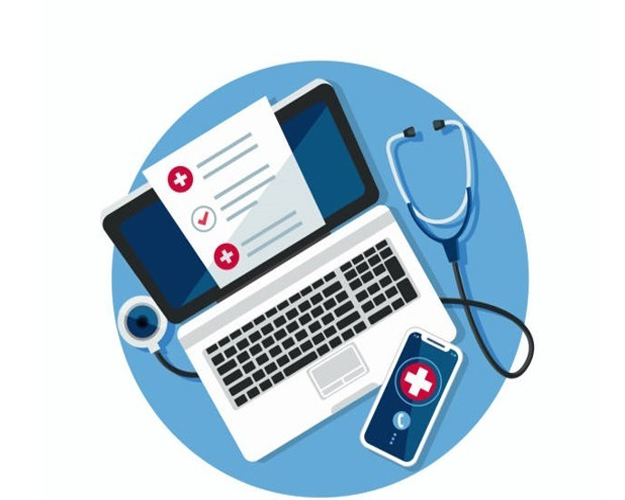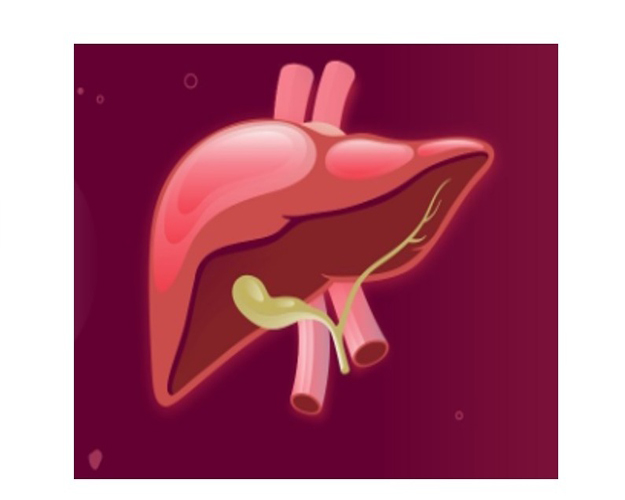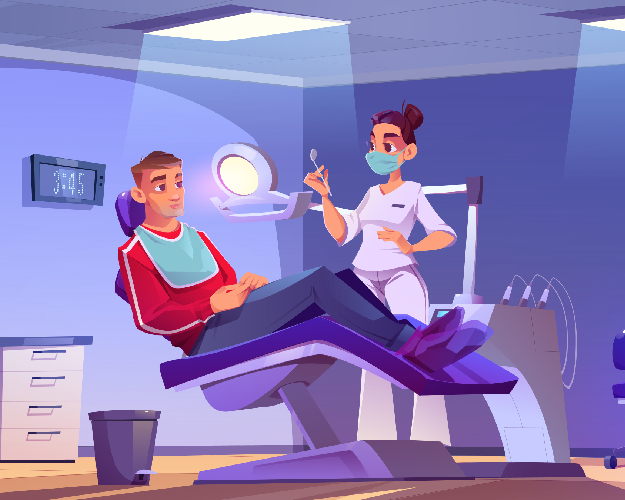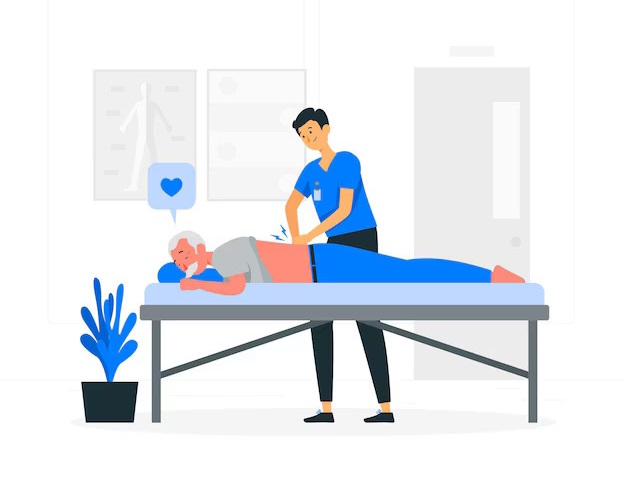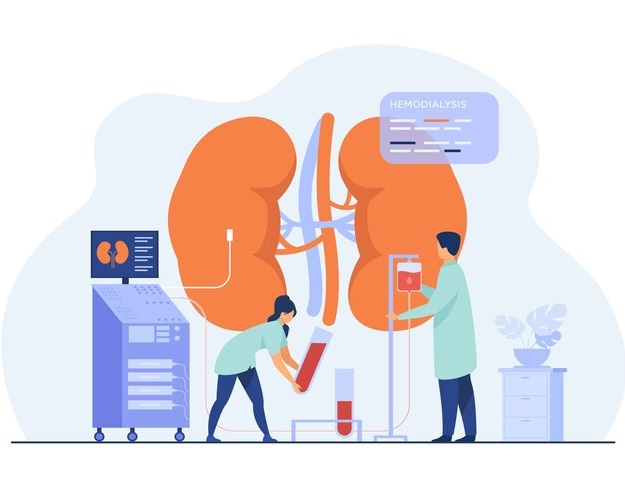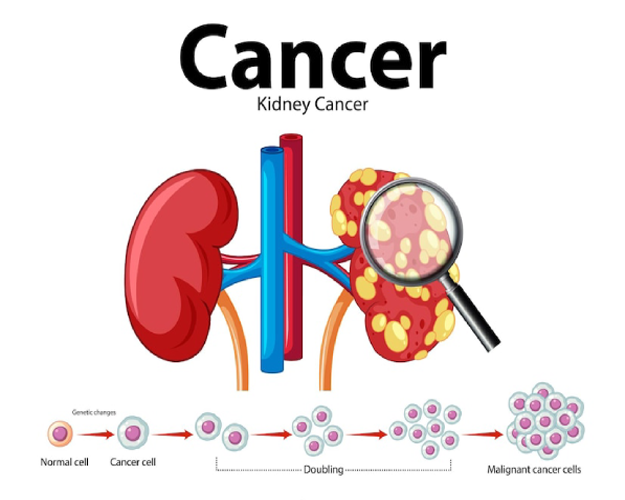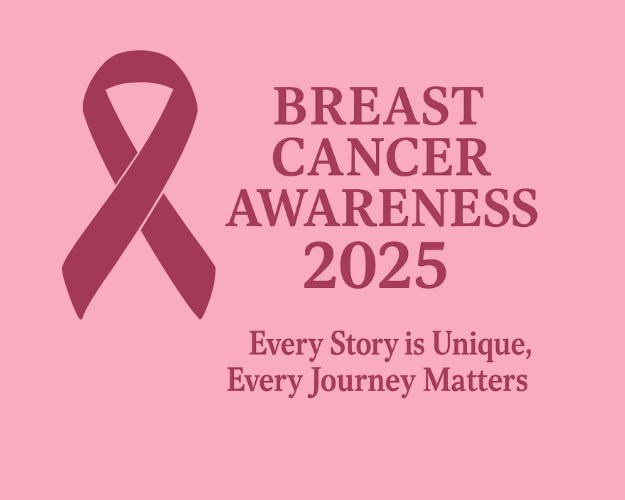
Breast Cancer Awareness 2025 – Every Story is Unique, Every Journey Matters
Overview
Breast cancer is the most prevalent diagnosis among women throughout the world, affecting millions each year. It contributes to almost a quarter of all cancer in females and has surpassed cervical cancer as the leading cancer in urban Indian women. Worryingly, younger women aged between 30 and 40 are being diagnosed with more cases than it was in the past decades. Although it is mostly observed in women, it can also occur in men though in isolated instances. The World Health Organization (WHO) reported that over 2.3 million new cases are reported across the globe annually.
Breast cancer starts with the development and further uncontrolled division of abnormal cells in the breast. These cells normally give rise to a lump or tumour within the breast tissue that may spread (metastasize) upon being left untreated. The breast consists of lobules, or glands that produce milk, ducts, or tubes that transport the milk to the nipple, and fatty tissue and connective tissue. Any of these components can be the point of the cancer. The breast cancer awareness month held every October provides a good chance to enlighten the masses, bust the myths and encourage people to take their health check. Early detection and intervention are important. Breast cancer has a chance of survival of almost 90 percent when it is detected at an early age, and many women are able to regain healthy and full lives. The awareness and screening rate in Madhya Pradesh and other parts of central India remains low as compared to metro cities, resulting in late-stage diagnoses. This shows the need to create awareness campaigns and screenings at community level frequently.
Types
Breast cancer is a heterogeneous disease meaning that there are types of breast cancer which may have different characteristics, rates of disease progression, and treatment options. The main types of breast cancer are:
1. Ductal Carcinoma In Situ (DCIS):
A non-invasive cancer that is still contained within the milk ducts and has not spread to the surrounding tissue. DCIS has an excellent rate of treatability and is usually diagnosed via a mammogram before patients have any symptoms.
2. Invasive Ductal Carcinoma (IDC):
The most commonly diagnosed type of breast cancer, constituting about 80% of all breast cancers. IDC is still originally a ductal carcinoma which has invaded the surrounding breast tissue, and can even spread to lymph nodes and elsewhere in the body.
3. Lobular Carcinoma In Situ (LCIS):
Not actually a true type of breast cancer, but more a marker of increased risk for developing breast cancer (to either breast) in the future.
4. Invasive Lobular Carcinoma (ILC):
Begins in lobules and invades surrounding breast tissue. ILC may be more elusive on mammograms and may have a more insidious presentation relative to IDC.
5. Triple-Negative Breast Cancer:
Lacks estrogen, progesterone, and HER2 receptors. This is the one that develops and propagates faster than the other types and has limited treatment choices available.
6. HER2-positive Breast Cancer:
Defined by increased HER2 protein expression, which increases the growth of cancer cells. Specific treatments have dramatically increased survival.
7. Inflammatory Breast Cancer (IBC):
A rare but aggressive cancer which clogs the lymph vessels in the skin making the breast appear red, swollen and hot without any visible lump.
8. Paget’s Disease of the Breast:
Affect the skin of nipple and areola, and are usually associated with a ductal carcinoma. The symptoms are itchiness, redness, and scaling.
Understanding the specific type of breast cancer is essential in customizing treatment plans and predicting the patient’s prognosis.
Symptoms
The symptoms of breast cancer are quite diverse and they can be different in each individual. There are women who find the lumps in the process of self-exams, and others find out about the illness during screening. Common symptoms include:
1. A swollen growth or a hardened tissue within the breast or the armpit.
2. Obvious alteration of breast size, shape, or contour.
3. The skin is also altered on the breast, dimpled, puckered, or reddish.
4. Nipple discharge of unknown cause, maybe blood.
5. Inversion or apparent appearance change of the nipples.
6. Constant pain or tenderness of the breast.
7. With no lump, part or all of the breast is swollen.
Early-stage breast cancer may cause no symptoms at all, making regular screening essential.
When to consult a Doctor
Early intervention with a healthcare provider as soon as an abnormality present is enough to turn the treatment around. Consult a doctor in case of:
1. A new lump in the armpit or the breast
2. a hard mass, with irregularity of edges.
3. Dimpling, redness or thickening of the breast skin.
4. Abnormal nipple discharge and in particular, when blood-stained.
5. Acute nipple inversion/nipple rash.
6. Intermittent localized pains in the breast
In addition to routine mammograms as suggested, women between the ages of 20 and 39 should get a clinical breast examination every three years and once a year beyond the age of 40. Men who have nipple discharge or lumps should also get evaluated right away.
Causes
The specific aetiology of most breast cancers is unknown. Researchers have identified factors that raise the chance of breast cancer. These include hormones, lifestyle choices, and environmental factors. However, it is unexplained why some people develop cancer while having no risk factors, whereas others with risk factors do not. Breast cancer is most likely caused by a complicated interplay between your genetics and the environment.
Medical specialists are aware that alterations to the DNA within breast tissue cells are the first step in the development of breast cancer. The instructions that inform a cell what to do are encoded in its DNA. The DNA of healthy cells provides instructions for growth and multiplication at a certain rate. The cells are instructed to die at a specific moment. Different instructions are sent by the DNA alterations in cancer cells. The alterations instruct the cancer cells to proliferate rapidly. When healthy cells perish, cancer cells can survive. Too many cells are produced as a result.
A tumour may develop from the cancer cells. Healthy bodily tissue may be invaded and destroyed by the tumour as it grows. Cancer cells have the ability to separate throughout time and travel to other areas of the body. Metastatic cancer is the term used to describe cancer that spreads.
The cells lining the milk ducts are where the DNA alterations that cause breast cancer most frequently occur. The purpose of these ducts is to transport milk to the nipple. Invasive ductal carcinoma is the term for breast cancer that originates in the ducts. Cells in the milk glands can potentially be the site of breast cancer. The purpose of these glands, known as lobules, is to produce breast milk. Invasive lobular carcinoma is the term for cancer that develops in the lobules. Although it is uncommon, other breast cells have the potential to develop into cancer cells.
Risk Factors
Several factors increase susceptibility to breast cancer:
1. Age: The majority of the cases happen in women aged above 50.
2. Gender: Women are at more risk because of hormonal and breast tissue reasons.
3. Family History: Risk can be significantly increased by the existence of a first-degree relative with breast cancer.
4. Inherited Gene Mutations: BRCA1, BRCA2 and more other mutations have a major effect on risk.
5. Hormonal History: Starting menstrual cycles before 12 years of age and late menopausal age (after 55 years of age) are associated with extended exposure to oestrogen.
6. Reproductive Patterns: Postponed birth of a child, lack of breast feeding or lack of childbirth can be risky.
7. Lifestyle: Alcohol consumption, smoking, obesity and lack of physical exercise.
8. Radiation Exposure: Pertinent radiation exposures in the past, particularly adolescence.
Recognizing risk factors guides screening schedules and preventive measures.
Screenings and Diagnosis:
1. The key to preventing mortality of breast cancer is early detection. Earlier detection of cancer before symptoms set in and this makes the treatment more successful.
2. Self-Breast Examination (SBE): Women are supposed to start self-examinations monthly from the age of 20 years. Immediate reports should be made of any lump, swelling or change.
3. Clinical Breast Examination (CBE): A physical exam conducted by a medical professional in intervals of three years among women aged between 20-39 and once in a year after 40.
4. Mammography: The gold standard of screening. Women older than 40 are recommended to undergo mammograms after every 1-2 years. It is able to identify lumps at a very early stage as compared to self-exams.
5. Ultrasound & MRI: It is utilised in younger women whose breast tissue is dense or those with high risk.
6. Biopsy: A biopsy is done to identify the cells as cancerous in case of the presence of a suspicious area.
Treatment Modalities
The breast cancer treatment is very personal and it is based on the type, stage, and biological behaviour of the tumour. The main options include:
1. Surgery: a. Lumpectomy (excision of tumour only).
b. Mastectomy (removal of the whole breast, occasionally including reconstruction).
2. Radiation Therapy: This treatment involves high-energy rays that kill cancerous cells after the operations.
3. Chemotherapy: Anti-cancer drugs are taken by mouth or via intravenous tubes to eliminate cancer cells throughout the body.
4. Hormone Therapy: Hormone therapy is applied in hormone sensitive cancers like estrogen or progesterone.
5. Targeted Therapy: Precision therapy of HER2-positive breast cancer (e.g., Trastuzumab).
6. Immunotherapy: It is especially effective against triple-negative breast cancer and it helps the immune system of the body to target cancer cells.
Prevention
Preventive strategies can markedly reduce risk:
1. Healthy Weight Maintenance: Maintain healthy body mass index.
2. Physical Activity: Do moderate exercise 30 minutes a day, 4 or 5 days a week.
3. Limit Alcohol Consumption: Even small amounts increase risk.
4. Balanced Diet: Eat vegetables, fruits, lean proteins, and whole grains; limit processed and high-fat food.
5. Smoking Cessation: Eliminating tobacco lowers cancer risk and improves overall health.
6. Breastfeeding: Has protective benefits to the mother.
7. Limiting Hormone Therapy: Long-term hormone replacement therapy should not be used except when necessary.
8. Regular Screening: Conduct self-examinations monthly, mammograms annually or twice in a lifetime when older and regularly check-ups as recommended.
This Year’s Theme – Every Story is Unique, Every Journey Matters
The World Health Organization (WHO) has selected the theme of ‘Every Story is Unique, Every Journey Matters’ to be the 2025 theme of Breast Cancer Awareness Month. This is an effective message that reshapes breast cancer as a fight that is only medical and not a personal one.
Each patient follows a route that is characterized by the experience and emotional strength and certain difficulties. Clinical protocols are involved in the diagnosis and treatment of a patient, but emotional support, dignity, and personalised care have a far greater impact on the recovery. The theme underscores:
1. No two breast cancer experiences are the same; personalization in care improves outcomes.
2. Sharing survivor stories helps break stigma and encourage timely health check-ups.
3. Recognizing emotional needs is as important as medical intervention.
4. Caregivers and families play an irreplaceable role in every journey.
Myths vs Facts
Misinformation often delays diagnosis and treatment. Let’s clear a few common myths:
Myth: Only women with a family history get breast cancer.
Fact: Over 70% of women diagnosed have no family history.
Myth: Breast cancer always presents as a lump.
Fact: Changes in skin, nipple discharge, or swelling can also be early signs.
Myth: Wearing underwired bras or using deodorants causes breast cancer.
Fact: There is no scientific evidence supporting this claim.
Myth: Men don’t get breast cancer.
Fact: Though rare, men can also develop breast cancer and should seek evaluation if they notice changes.
Myth: A mastectomy is the only cure.
Fact: Many women are successfully treated with breast-conserving surgery and advanced therapies.
Call-to-Action
Breast cancer awareness is not just about October—it is a year-round responsibility. Protect yourself and your loved ones by:
1. Scheduling regular screenings.
2. Encouraging family and friends to practice monthly self-exams.
3. Talking openly about breast health to reduce stigma.
4. Supporting survivors and caregivers in their journey.
At ITM Hospital & Research Centre, we are committed to offering compassionate care backed by advanced medical expertise. This Breast Cancer Awareness Month, take a proactive step. Book your screening today, because every story is unique, and every journey matters.
📞 For appointments: 9090191963 / 64
📍 Location: NH-75, Opp. Sithouli Railway Station, Gwalior, Madhya Pradesh
Visit: itmhospital.com

